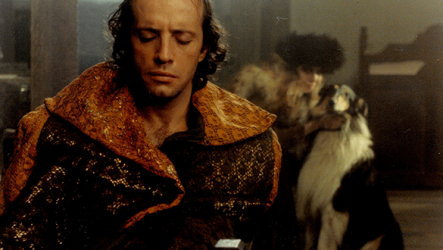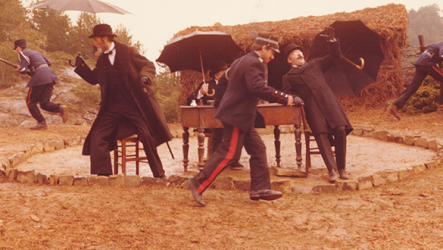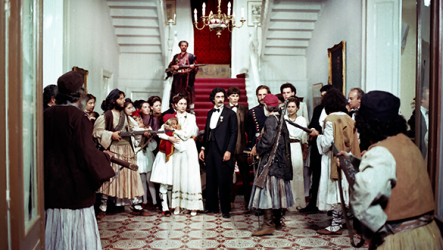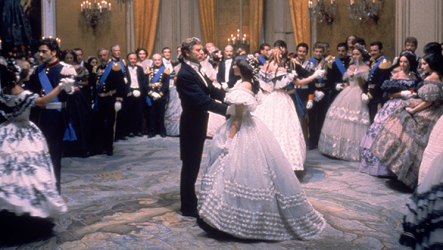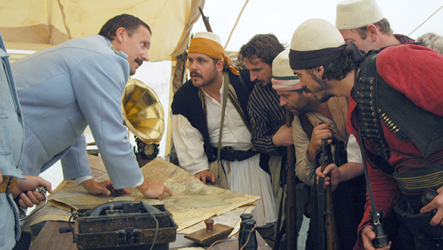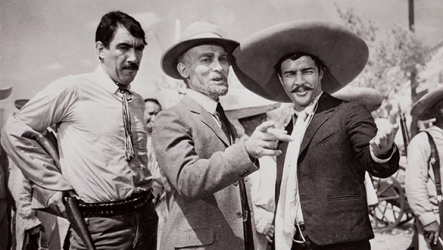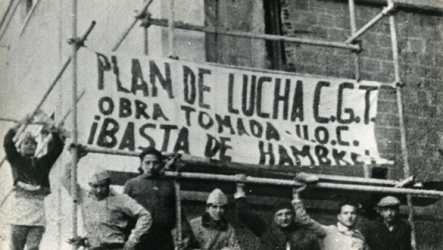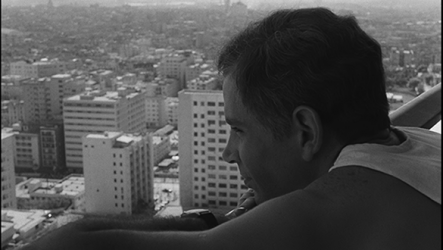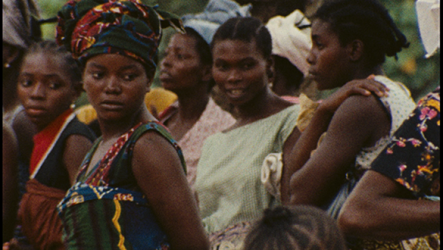On the occasion of the 200 years since the Greek Revolution of 1821 and the problems of the formation of nation-states that mark the history of the last three centuries, we discern the different trajectories of nation-building in Greece, the Balkans, Italy, Latin America and Africa. Cinema represents this adventure in its own language.
In the film Byron: Ballad of a Demon (1992), which was completed in the then collapsing Soviet Union, Koundouros, through the portrait of Lord Byron, shows the folly and the greatness of the Revolution of 1821. Great Greek auteurs turned to the subject of banditry and its role as a form of primitive rebellion, underlying the impasses of nation-building in late 19th century. In Alexander the Great (Megalexandros, 1980), Angelopoulos presents in a majestic way the conflict between the older form of rebellious banditry and the newer forms of state government, while Papastathis in On the time of Hellenes (1981) shows that the ideals of the bandits were not completely different from the bourgeois revolutionary ideals.
In the masterpiece The Leopard (1963), Visconti, by trapping the characters in the gaps of history and personal time, represents the Italian Risorgimento and foreshadows the Transformismo, that is the period of parliamentary compromises of the 19th century.
In addition, images of the afflicted Balkan states are given in Stojanović’s Belle époque or the last waltz in Sarajevo (1990), which also tells a story of early Balkan cinema. The film remained lost for several years, since it was also completed shortly before the break- up of Yugoslavia. Koçi’s anti-war comedy The time of the comet (2008) set against the background of the liberation of Albania shortly before World War I, is a multinational tapestry of characters from different religions.
Regarding Latin America, in Viva Zapata! (1952) Kazan represents an idealistic view of the Mexican Revolution, while in Memories of underdevelopment (1968) Gutiérrez Alea, through his passive protagonist, critically reflects on the Cuban Revolution. The documentary The hour of the furnaces (1968) by Solanas and Getino is a characteristic example of the revolutionary anti-colonial “Third Cinema”.
Finally, about Africa, in the film Sambizanga (1972), Sarah Maldoror, with a remarkable poetic realism, narrates, from a female perspective, the anti-colonial struggle in Angola in the 1960s.
Curation, introduction: Maria Komninos
Programming: Phaedra Papadopoulos, Ioanna Pipides
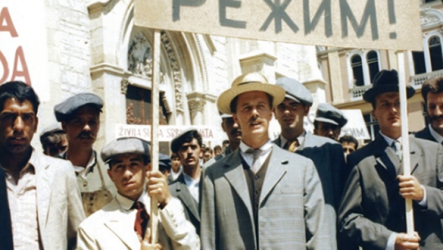
Belle Epoque, or the last waltz in Sarajevo
Read more ...



